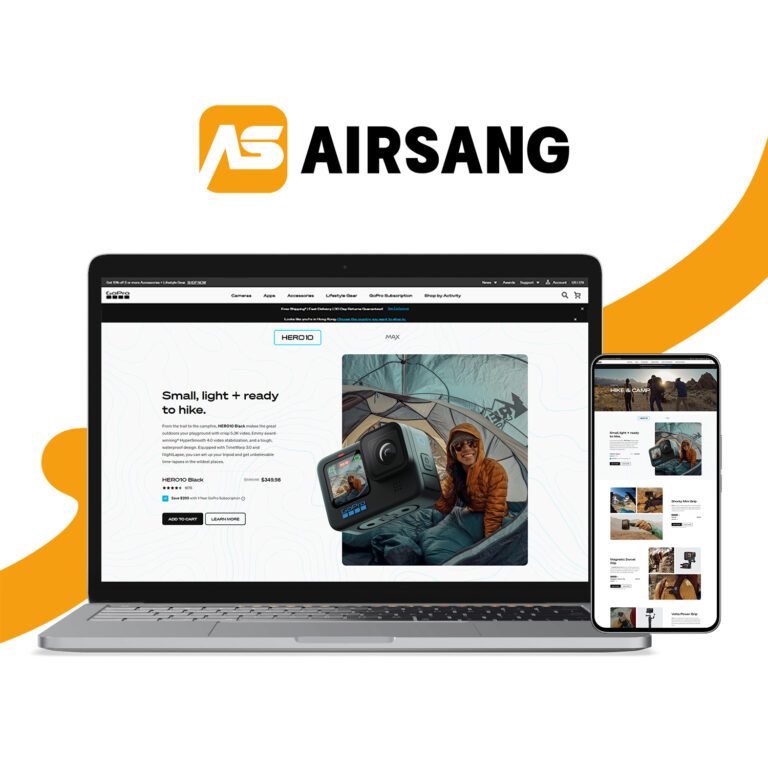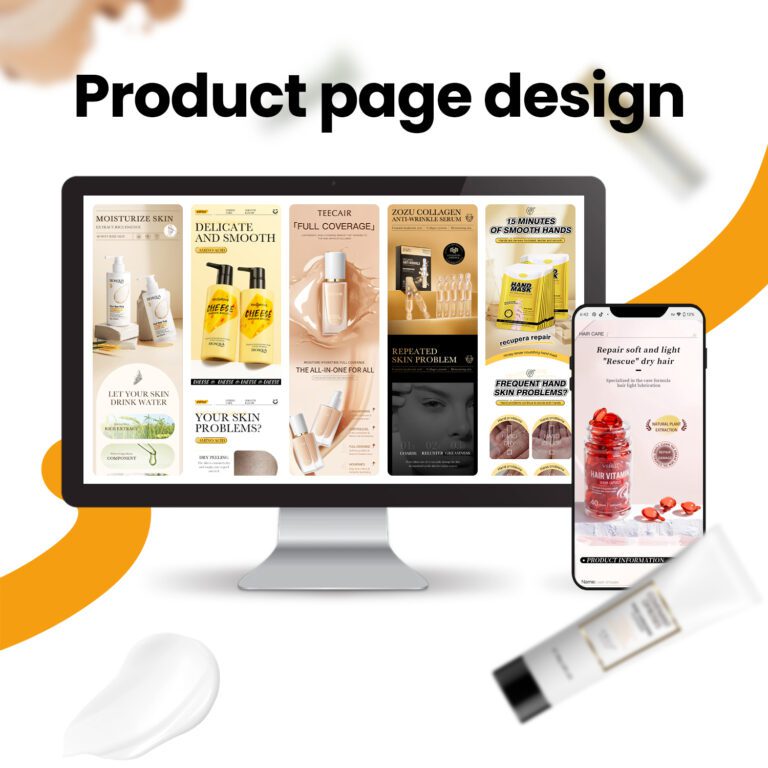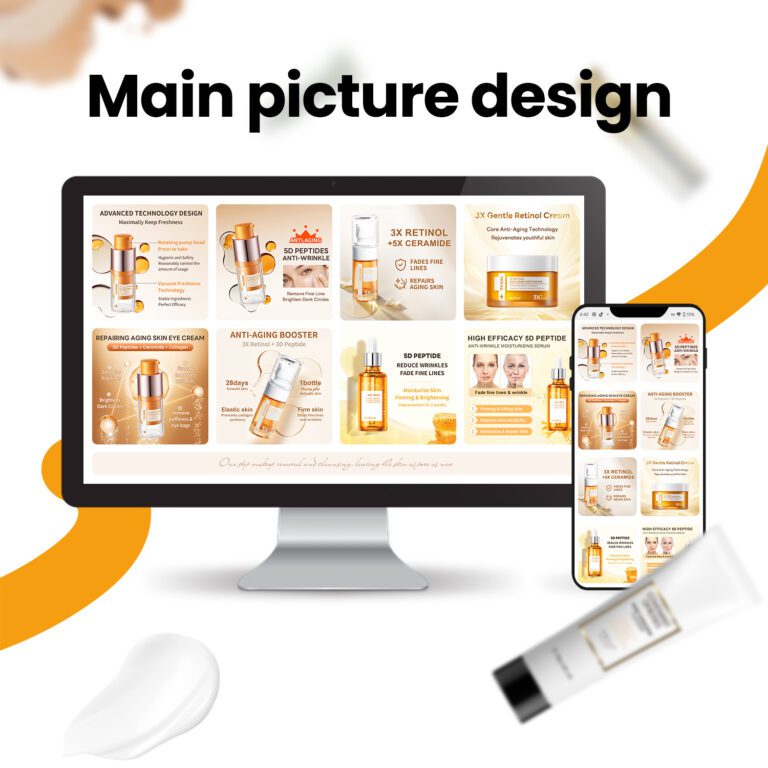Build Your Shopify Store Without Breaking a Sweat

In today’s competitive eCommerce landscape, building a successful Shopify store involves more than just adding a logo or listing products. It’s about creating a digital storefront that reflects your brand, engages visitors, and drives conversions. This guide will walk you through the key steps—from setting up your store to designing a user-friendly experience that helps your business stand out.
Table of Contents
- Why Choose Shopify?
- 1: Start with a Shopify Plan
- 2: Choose a Theme That Fits Your Brand
- 3: Customize Your Store Design
- 4: Add Products and Organize Collections
- 5: Configure Payments, Shipping, and Taxes
- 6: Test and Launch
- Why Design Matters: Enhancing the Customer Experience
- Conclusion
Why Choose Shopify?
Shopify is one of the most powerful and beginner-friendly eCommerce platforms available. With built-in tools for inventory management, payment processing, SEO, and analytics, it gives businesses everything they need to run an online store — without requiring coding knowledge.
Whether you’re selling one product or hundreds, Shopify offers flexibility and scalability. Add to that its strong app ecosystem and seamless integrations, and it becomes clear why so many businesses choose Shopify as their foundation.
1: Start with a Shopify Plan

Begin by selecting a plan that fits your business size and goals. Shopify offers several pricing tiers, all of which come with:
- Hosting
- SSL security
- Unlimited product listings
- 24/7 support
After choosing a plan, you’ll create your account and name your store — this will form the basis of your domain (you can connect a custom domain later).
2: Choose a Theme That Fits Your Brand
Shopify provides a wide range of free and premium themes in its Theme Store. While it’s tempting to pick a theme based on looks alone, functionality and user experience should also be a top consideration.

Tips for Theme Selection
- Choose a layout that supports your product catalog size.
- Ensure mobile responsiveness.
- Opt for a theme that aligns with your brand’s tone — minimal, bold, elegant, or playful.
At AIRSANG DESIGN, we often help clients identify themes that reflect their brand DNA while leaving room for customization. This ensures the site not only looks great but performs well, too.
3: Customize Your Store Design
Once you’ve chosen a theme, it’s time to make it your own. Shopify’s intuitive drag-and-drop editor lets you personalize layout, fonts, colors, images, and more.
Key Areas to Customize
Header & Navigation
Keep it clean and intuitive. Include your logo, navigation menu, and shopping cart icon.
Homepage
Feature your top products, seasonal promotions, testimonials, and banners. Your homepage should tell your brand story at a glance.
Product Pages
High-quality photos, detailed descriptions, trust badges, and reviews make a huge difference here.
This is where professional design guidance pays off. With the help of AIRSANG DESIGN, many of our clients increase engagement simply by optimizing visual hierarchy and messaging clarity on key pages.
4: Add Products and Organize Collections
Upload your products, write compelling descriptions, and include high-resolution images. Don’t forget to:
- Set prices and inventory
- Assign tags and product types
- Group items into collections (e.g., “Best Sellers,” “New Arrivals”)
Well-organized collections simplify shopping and improve searchability.
5: Configure Payments, Shipping, and Taxes

Shopify makes it easy to accept payments via PayPal, Stripe, Apple Pay, and more. In your admin dashboard, navigate to Settings and configure:
- Payment Gateways: Enable the methods most convenient for your target market.
- Shipping Rates: Offer free, flat-rate, or calculated shipping based on region.
- Taxes: Set automatic or manual tax rates based on your business location.
6: Test and Launch

Before going live, test everything:
- Click through every link
- Place a test order
- Double-check product variants
- Preview on mobile and desktop
Once you’re confident, connect your custom domain, remove password protection, and publish your store.
Congratulations — you’ve officially built your Shopify store!
Why Design Matters: Enhancing the Customer Experience
Design isn’t just about aesthetics — it influences conversion, trust, and retention. A thoughtfully designed Shopify store will:
- Create visual consistency and brand recognition
- Guide visitors through a clear sales funnel
- Reduce bounce rates with intuitive navigation
AIRSANG DESIGN specializes in blending design strategy with real business goals. From layout planning to brand styling, our touch helps stores feel human, premium, and trustworthy — even without touching a single line of code.
Conclusion
Learning how to build a Shopify store is only half the journey. What truly separates a successful store from the rest is how well it’s designed and how easily users can interact with it. By following the steps in this guide and giving special attention to design, you’ll be on your way to creating a store that not only looks great but sells effectively.
If you’re ready to elevate your Shopify experience and need a partner that understands both the platform and the power of visual storytelling — AIRSANG DESIGN is here to help.
















